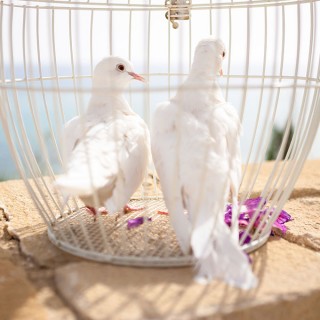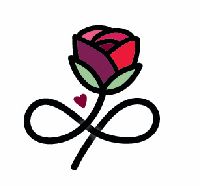Cultural Diversity Week and Harmony Day brings together Australians from all walks of life to promote community
harmony and celebrate the many cultures that make our country so vibrant.
There are some fascinating statistics about Australia’s diversity.
Did you know:
* around 45 per cent of Australians were born overseas or have at least one parent who was
* 85 per cent of Australians agree multiculturalism has been good for Australia
* apart from English the most common languages spoken in Australia are Mandarin, Italian, Arabic, Cantonese, Greek,
harmony and celebrate the many cultures that make our country so vibrant.
There are some fascinating statistics about Australia’s diversity.
Did you know:
* around 45 per cent of Australians were born overseas or have at least one parent who was
* 85 per cent of Australians agree multiculturalism has been good for Australia
* apart from English the most common languages spoken in Australia are Mandarin, Italian, Arabic, Cantonese, Greek,
Vietnamese, Tagalog/Filipino, Spanish and Hindi
* more than 60 Indigenous languages are spoken in Australia
* 92 per cent of Australians feel a great sense of belonging to our country
* more than 60 Indigenous languages are spoken in Australia
* 92 per cent of Australians feel a great sense of belonging to our country
How do you Party with a Purpose in your culture?
Over the centuries as cultures have merged and intertwined, celebratory traditions have been adopted and adapted into our own wedding celebrations.
Have you heard of these wedding traditions?
Scottish:
Quaich
The Scottish Quaich or ‘Loving Cup’ is a two-handled silver bowl which is topped up with whisky, usually by the bride, and then passed around for the wedding party to sip once the legal proceedings have been concluded.

Irish:
Claddagh Ring
The Claddagh Ring is one of the old traditions that's widely know. The traditional ring is given by young Irish men to their girlfriends as a gift, and sometimes it's inherited from a family member. But the ring has a part in wedding ceremonies, too.
Single women traditionally wear the ring on the right hand, with the ring facing outward. When in a relationship, it's turned inwards, indicating that the lady isn't 'available.'
But the ring is moved to the left hand when the wearer becomes engaged (point outward), and turned inward on that hand once married.
Single women traditionally wear the ring on the right hand, with the ring facing outward. When in a relationship, it's turned inwards, indicating that the lady isn't 'available.'
But the ring is moved to the left hand when the wearer becomes engaged (point outward), and turned inward on that hand once married.

Japanese:
An All-White Dress Code
At a traditional Japanese wedding, the bride and groom usually wear Japanese wedding kimono. The bride wears a white wedding kimono called "uchikake" with a white headdress. The headdress is big and bulky and is said to hide the bride's "horns" as a symbol of submission. The groom's kimono is usually black and has his family's symbol embroidered on it in white.
At a traditional Japanese wedding, the bride and groom usually wear Japanese wedding kimono. The bride wears a white wedding kimono called "uchikake" with a white headdress. The headdress is big and bulky and is said to hide the bride's "horns" as a symbol of submission. The groom's kimono is usually black and has his family's symbol embroidered on it in white.

Philippines:
Releasing the doves
The happy bride and groom release a pair of white doves — one male, the other female — into the air, which represent a harmonious life together for the newly married couple.

China:
The happy bride and groom release a pair of white doves — one male, the other female — into the air, which represent a harmonious life together for the newly married couple.

China:
Wardrobe Changes
In China, brides typically walk down the aisle in a slim-fitting, embroidered dress ... what is called a traditional qipao or cheongsam. For the reception, they change into a more poofy, decked out gown with Western flare. But the bridal fashion show doesn't end there! To cap the night, Chinese brides often make a final change into a cocktail dress. Total: three dresses!
This is what is so wonderful about living in such a multicultural society; each culture bringing with them their rich traditions and colourful customs.
Together we stand in harmony
#harmondyday
Why not speak to one our many fabulous TCN Celebrants to see how you can incorproate cultural customs into your own wedding celebrations?
5352 Hits
5352 Hits

